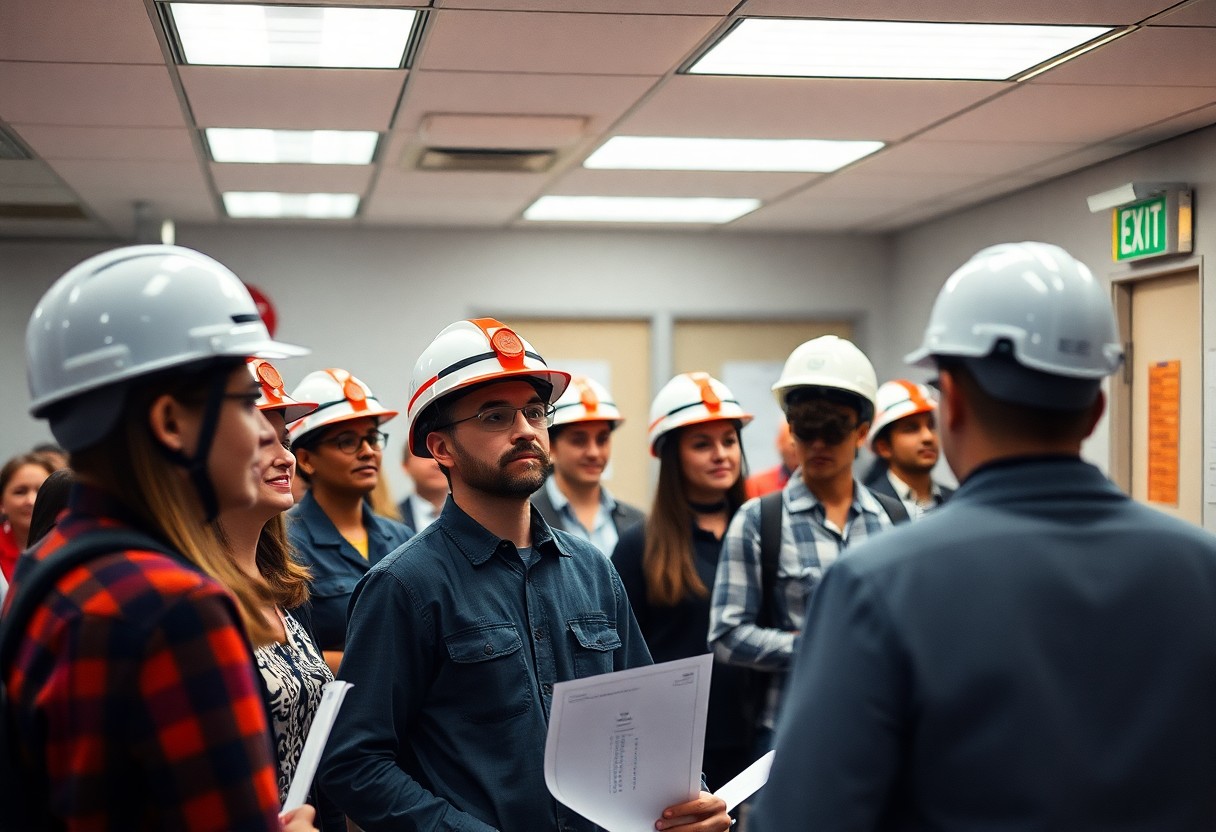Most of us understand the importance of being prepared for emergencies, yet many still underestimate the significance of fire drills in the workplace. These drills are not merely a formality; they are designed to prepare you and your colleagues for the possibility of a fire, ensuring that everyone knows how to evacuate the building safely and effectively. By participating actively in fire drills, you enhance your safety and contribute to a safer working environment for everyone.
During a fire drill, your main objective is to exit the building quickly and calmly, following the designated evacuation plan. It’s crucial that you familiarize yourself with the plan ahead of time. A well-structured evacuation plan outlines the routes you should take, the assembly points you should head to, and any critical safety procedures to follow. Make it a point to locate the nearest exits and understand the pathways leading to them. Familiarity with these details can save valuable time during an actual emergency.
It is vital to recognize that not all fire alarms sound the same. You should learn the specific tones and signals used at your workplace. Some alarms may simply emit a continuous sound, while others might alternate between pitches. Whatever the case may be, you should react promptly when you hear the alarm, knowing that it signifies the need to evacuate immediately.
When participating in a fire drill, always prioritize your safety and the safety of those around you. If you have co-workers with disabilities or mobility issues, take a moment to ensure they have a clear path to safety. Teamwork is crucial; helping one another during an emergency can make the difference between a safe evacuation and chaos.
As the drill progresses, you should also keep in mind the importance of not using elevators during a fire evacuation. Elevators can malfunction or become inoperative in the event of a fire, trapping you inside. Stairwells are designed for safe passage during emergencies, and knowing how to navigate them efficiently can ensure a successful evacuation.
After reaching the designated assembly point, you’ll want to account for all your teammates. A headcount is necessary to ensure that everyone has evacuated safely. Listen closely to your supervisors or designated safety officers, as they will finalize the headcount and provide further instructions based on the situation.
Engaging in regular fire drills isn’t just about compliance; it’s about instilling a culture of safety in your workplace. The more drills you participate in, the better prepared you’ll be for an actual emergency. You’ll develop a reflexive understanding of what to do, which can significantly enhance safety for everyone involved.
To conclude, you have the power to make a difference in your workplace by taking fire drills seriously and approaching them with a sense of responsibility. Stay alert, follow the established procedures, and actively participate in the rehearsals. By doing so, you contribute to a safer working environment and ensure that when an emergency arises, you and your colleagues are ready to evacuate effectively.
